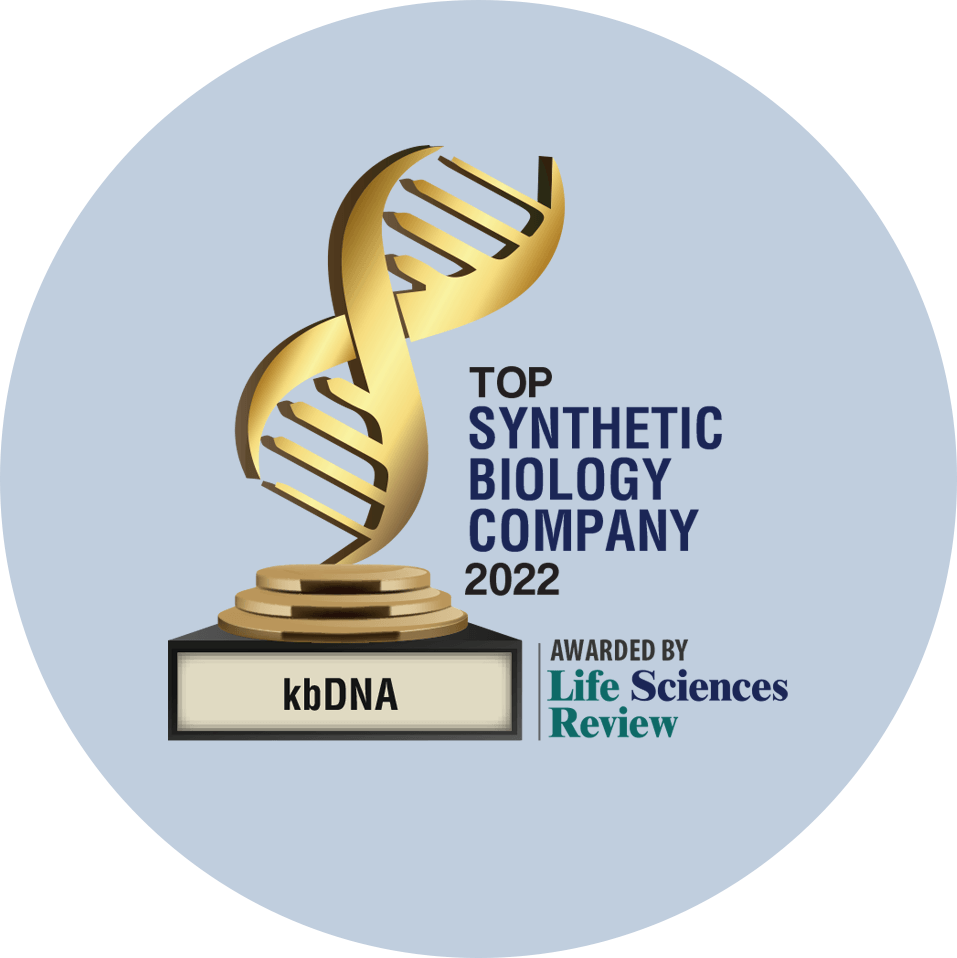Pfeiffer syndrome (PS) [MIM:101600]: A syndrome characterized by the association of craniosynostosis, broad and deviated thumbs and big toes, and partial syndactyly of the fingers and toes. Three subtypes are known: mild autosomal dominant form (type 1); cloverleaf skull, elbow ankylosis, early death, sporadic (type 2); craniosynostosis, early demise, sporadic (type 3). {ECO:0000269|PubMed:7874169}. Note=The disease is caused by mutations affecting the gene represented in this entry.; Hypogonadotropic hypogonadism 2 with or without anosmia (HH2) [MIM:147950]: A disorder characterized by absent or incomplete sexual maturation by the age of 18 years, in conjunction with low levels of circulating gonadotropins and testosterone and no other abnormalities of the hypothalamic-pituitary axis. In some cases, it is associated with non-reproductive phenotypes, such as anosmia, cleft palate, and sensorineural hearing loss. Anosmia or hyposmia is related to the absence or hypoplasia of the olfactory bulbs and tracts. Hypogonadism is due to deficiency in gonadotropin-releasing hormone and probably results from a failure of embryonic migration of gonadotropin-releasing hormone-synthesizing neurons. In the presence of anosmia, idiopathic hypogonadotropic hypogonadism is referred to as Kallmann syndrome, whereas in the presence of a normal sense of smell, it has been termed normosmic idiopathic hypogonadotropic hypogonadism (nIHH). {ECO:0000269|PubMed:12627230, ECO:0000269|PubMed:15001591, ECO:0000269|PubMed:15605412, ECO:0000269|PubMed:15845591, ECO:0000269|PubMed:16606836, ECO:0000269|PubMed:16757108, ECO:0000269|PubMed:16764984, ECO:0000269|PubMed:16882753, ECO:0000269|PubMed:17154279, ECO:0000269|PubMed:19820032, ECO:0000269|PubMed:21700882, ECO:0000269|PubMed:22927827, ECO:0000269|PubMed:23643382, ECO:0000269|PubMed:25077900, ECO:0000269|PubMed:26277103}. Note=The disease is caused by mutations affecting distinct genetic loci, including the gene represented in this entry. Some patients carrying mutations in FGFR1 also have a mutation other HH-associated genes including DUSP6, FGF8, FGF17, FLRT3, GNRH1, GNRHR, HS6ST1, IL17RD, ANOS1, KISS1R, NSMF, PROKR2, SPRY4 and TACR3 (PubMed:23643382). {ECO:0000269|PubMed:23643382}.; Osteoglophonic dysplasia (OGD) [MIM:166250]: Characterized by craniosynostosis, prominent supraorbital ridge, and depressed nasal bridge, as well as by rhizomelic dwarfism and nonossifying bone lesions. Inheritance is autosomal dominant. {ECO:0000269|PubMed:15625620, ECO:0000269|PubMed:16470795}. Note=The disease is caused by mutations affecting the gene represented in this entry.; Hartsfield syndrome (HRTFDS) [MIM:615465]: A syndrome characterized by the triad of holoprosencephaly, ectrodactyly, and cleft/lip palate. Profound mental retardation is also present. Multiple other congenital anomalies usually occur. {ECO:0000269|PubMed:23812909, ECO:0000269|PubMed:24888332}. Note=The disease is caused by mutations affecting the gene represented in this entry.; Trigonocephaly 1 (TRIGNO1) [MIM:190440]: A keel-shaped deformation of the forehead, caused by premature fusion of the metopic sutures. It results in a triangular shape of the head. {ECO:0000269|PubMed:11173846}. Note=The disease is caused by mutations affecting the gene represented in this entry.; Note=A chromosomal aberration involving FGFR1 may be a cause of stem cell leukemia lymphoma syndrome (SCLL). Translocation t(8;13)(p11;q12) with ZMYM2. SCLL usually presents as lymphoblastic lymphoma in association with a myeloproliferative disorder, often accompanied by pronounced peripheral eosinophilia and/or prominent eosinophilic infiltrates in the affected bone marrow. {ECO:0000269|PubMed:9716603}.; Note=A chromosomal aberration involving FGFR1 may be a cause of stem cell myeloproliferative disorder (MPD). Translocation t(6;8)(q27;p11) with FGFR1OP. Insertion ins(12;8)(p11;p11p22) with FGFR1OP2. MPD is characterized by myeloid hyperplasia, eosinophilia and T-cell or B-cell lymphoblastic lymphoma. In general it progresses to acute myeloid leukemia. The fusion proteins FGFR1OP2-FGFR1, FGFR1OP-FGFR1 or FGFR1-FGFR1OP may exhibit constitutive kinase activity and be responsible for the transforming activity. {ECO:0000269|PubMed:10688839, ECO:0000269|PubMed:15034873, ECO:0000269|PubMed:16946300, ECO:0000269|PubMed:17389761, ECO:0000269|PubMed:9949182}.; Note=A chromosomal aberration involving FGFR1 may be a cause of stem cell myeloproliferative disorder (MPD). Translocation t(8;9)(p12;q33) with CNTRL. MPD is characterized by myeloid hyperplasia, eosinophilia and T-cell or B-cell lymphoblastic lymphoma. In general it progresses to acute myeloid leukemia. The fusion protein CNTRL-FGFR1 is found in the cytoplasm, exhibits constitutive kinase activity and may be responsible for the transforming activity.; Encephalocraniocutaneous lipomatosis (ECCL) [MIM:613001]: A sporadically occurring, neurocutaneous disorder characterized by ocular anomalies, skin lesions, and central nervous system anomalies. Clinical features include a well-demarcated hairless fatty nevus on the scalp, benign ocular tumors, intracranial and intraspinal lipomas, and congenital abnormalities of the meninges. Seizures, spasticity, and intellectual disability can be present. {ECO:0000269|PubMed:19224897, ECO:0000269|PubMed:26942290}. Note=The disease is caused by mutations affecting the gene represented in this entry.; Jackson-Weiss syndrome (JWS) [MIM:123150]: An autosomal dominant craniosynostosis syndrome characterized by craniofacial abnormalities and abnormality of the feet: broad great toes with medial deviation and tarsal-metatarsal coalescence. {ECO:0000269|PubMed:10861678}. Note=The disease is caused by mutations affecting the gene represented in this entry.



